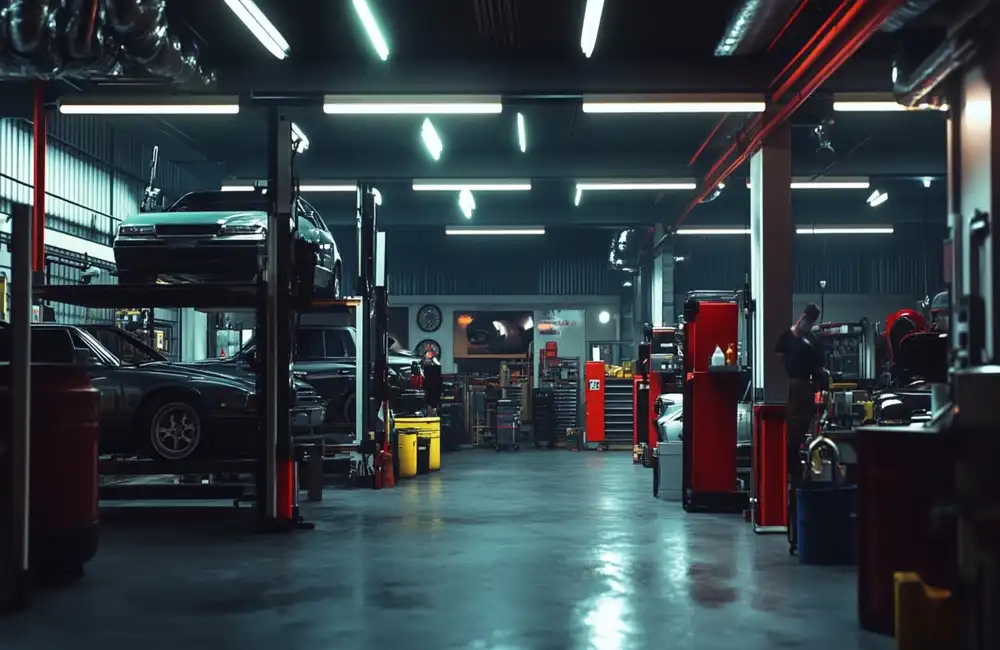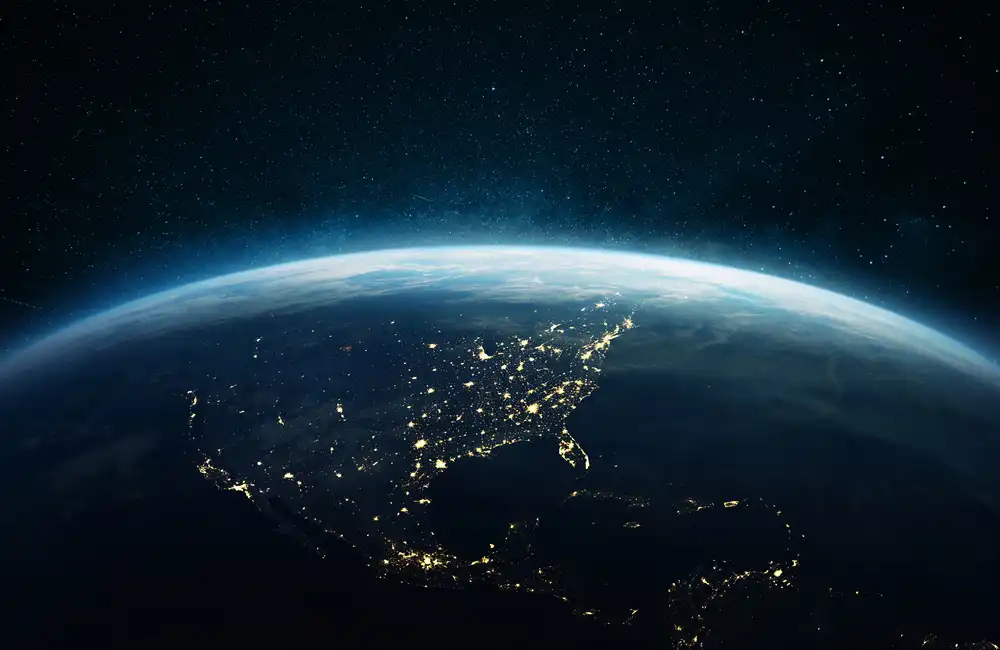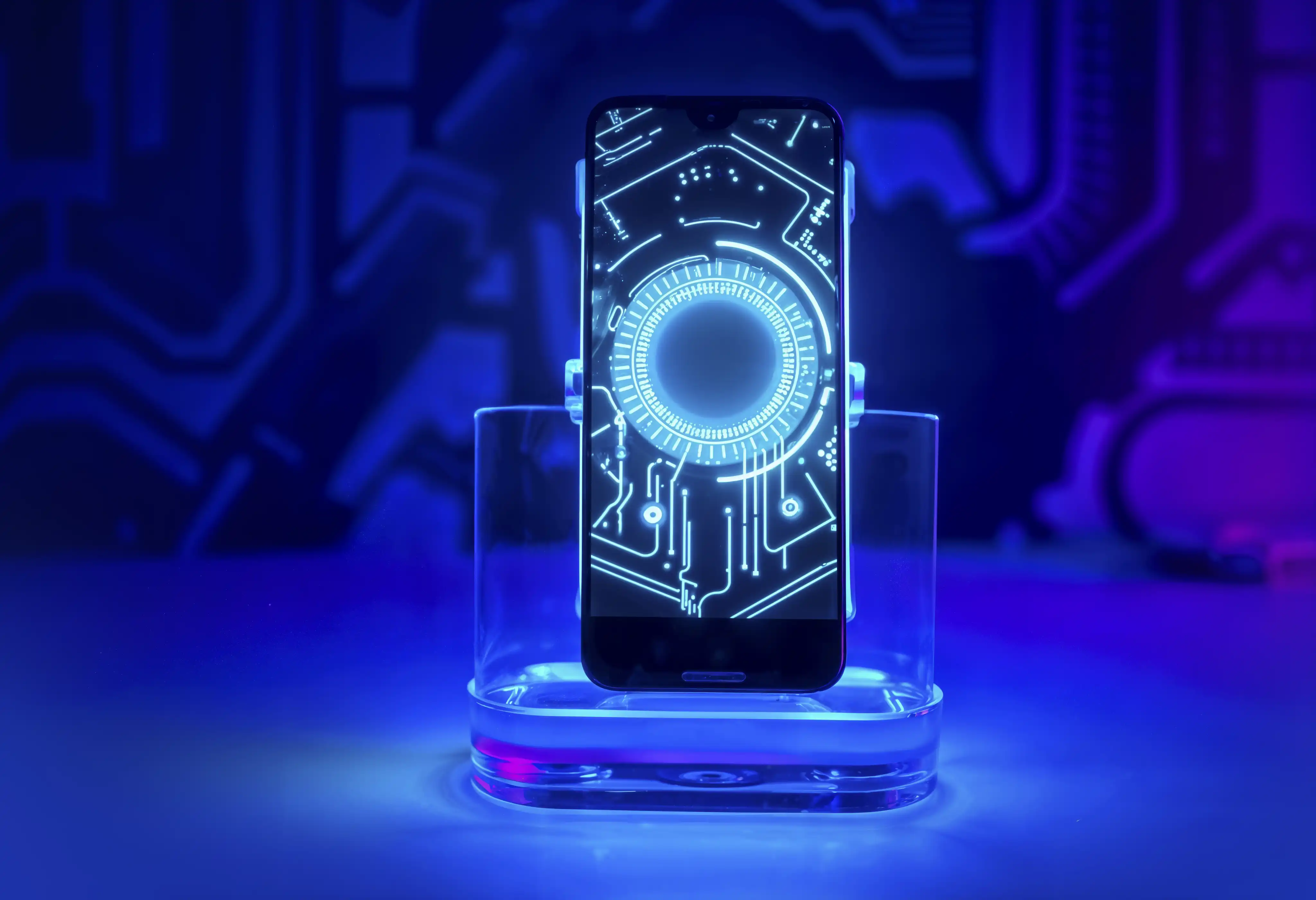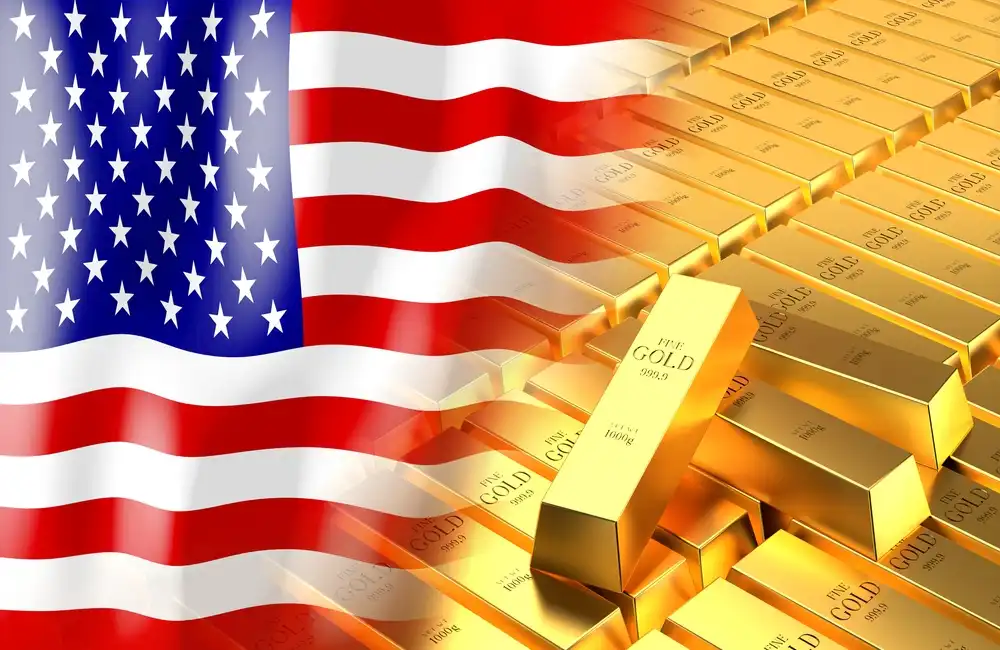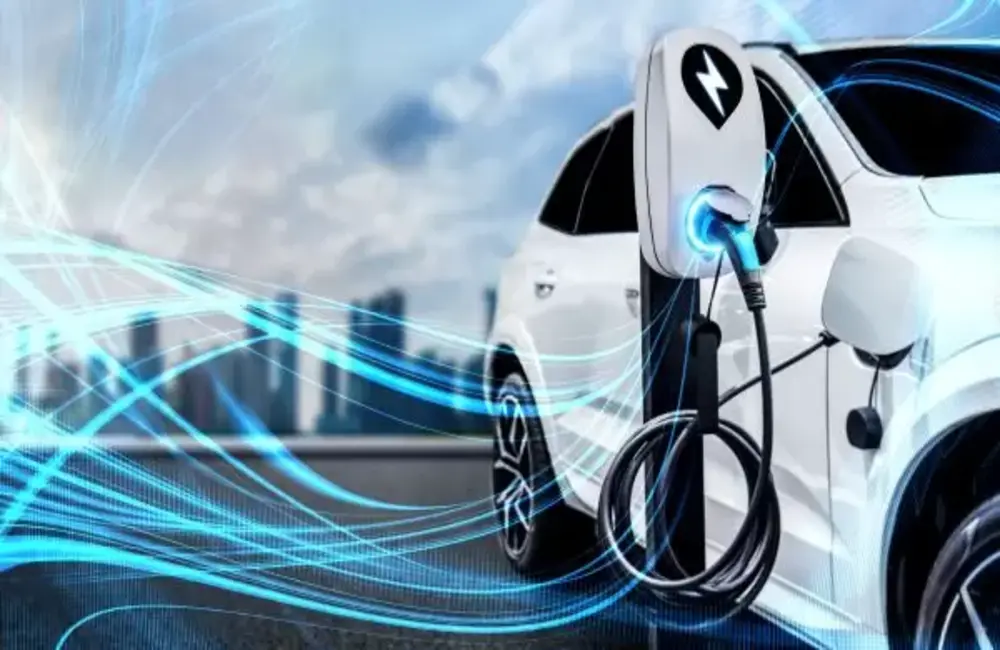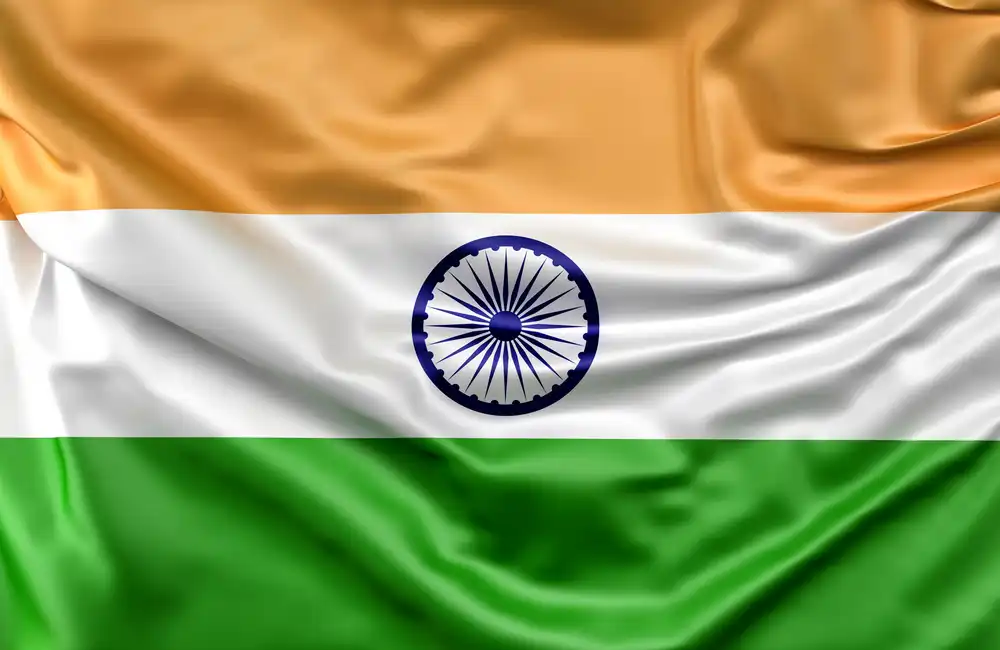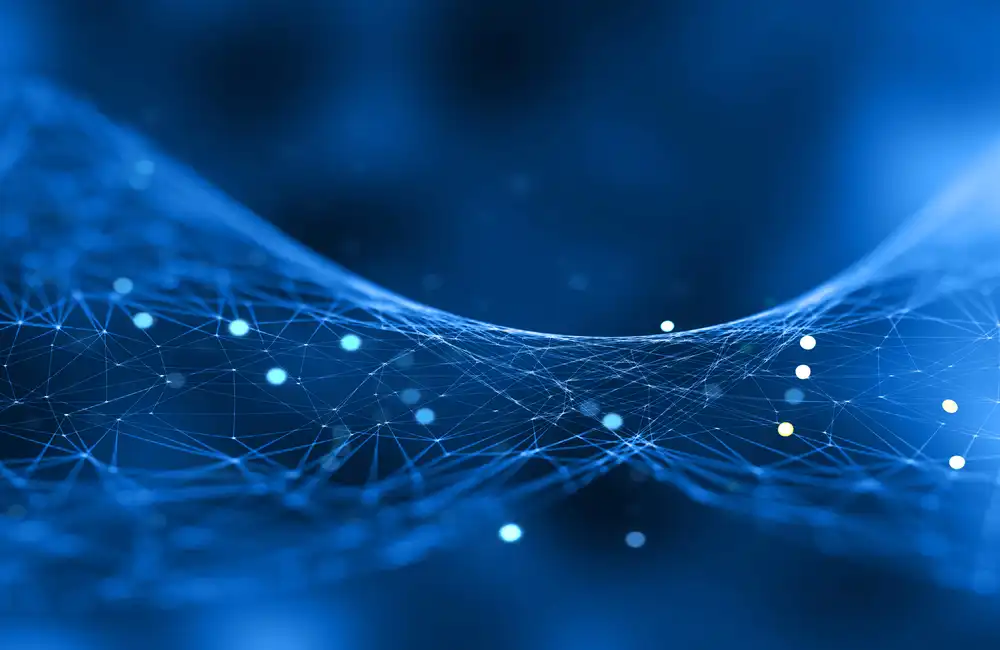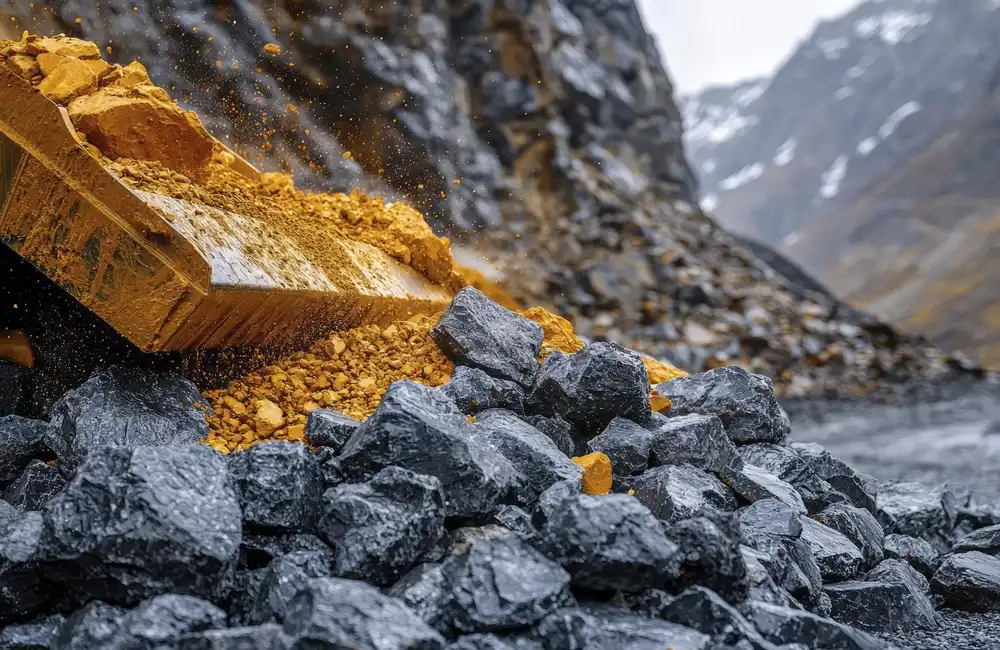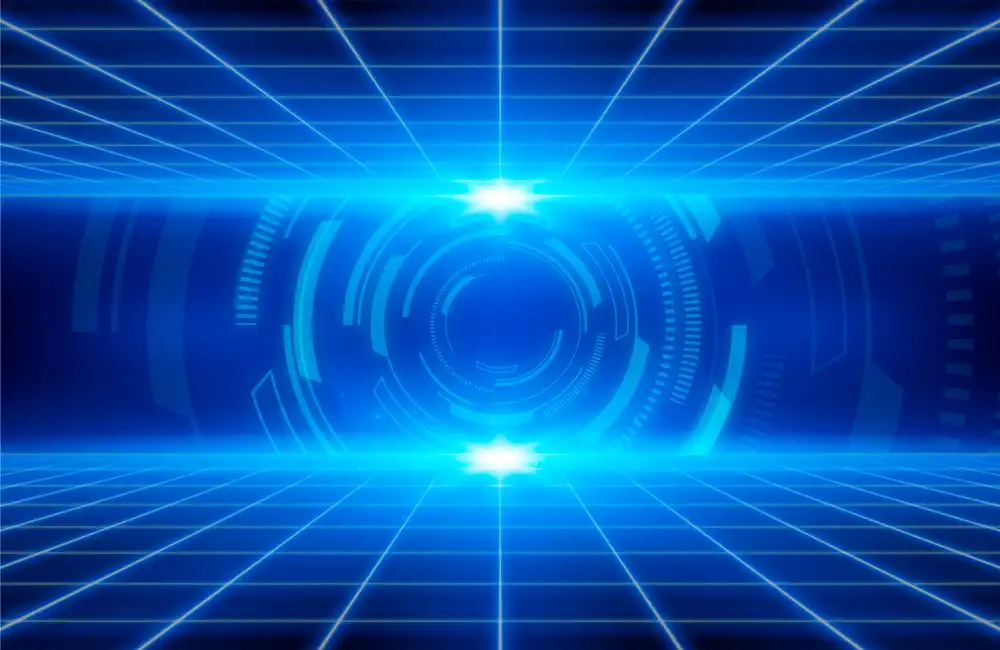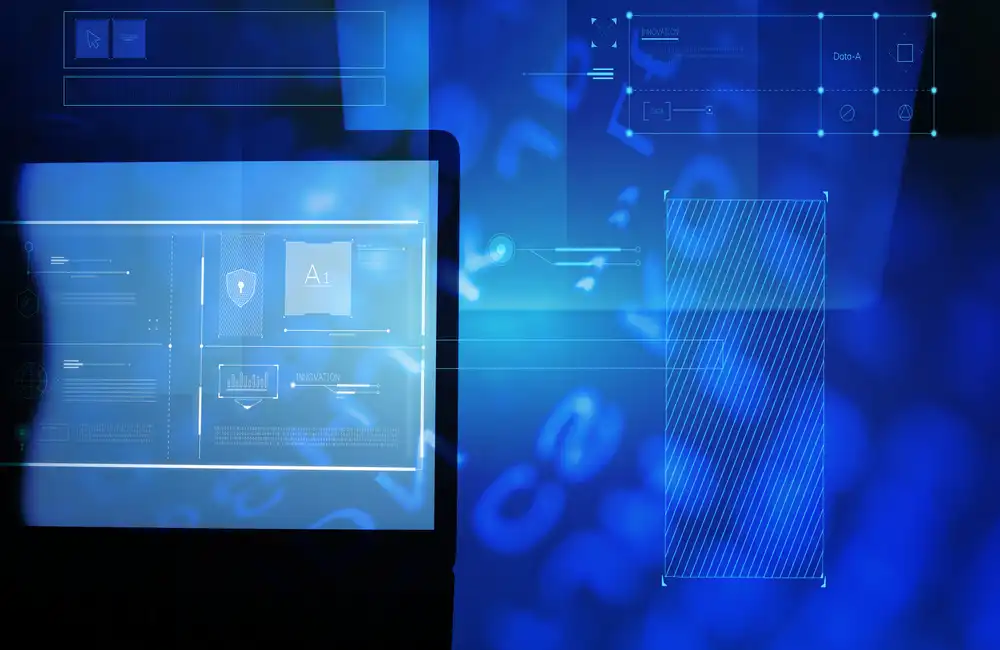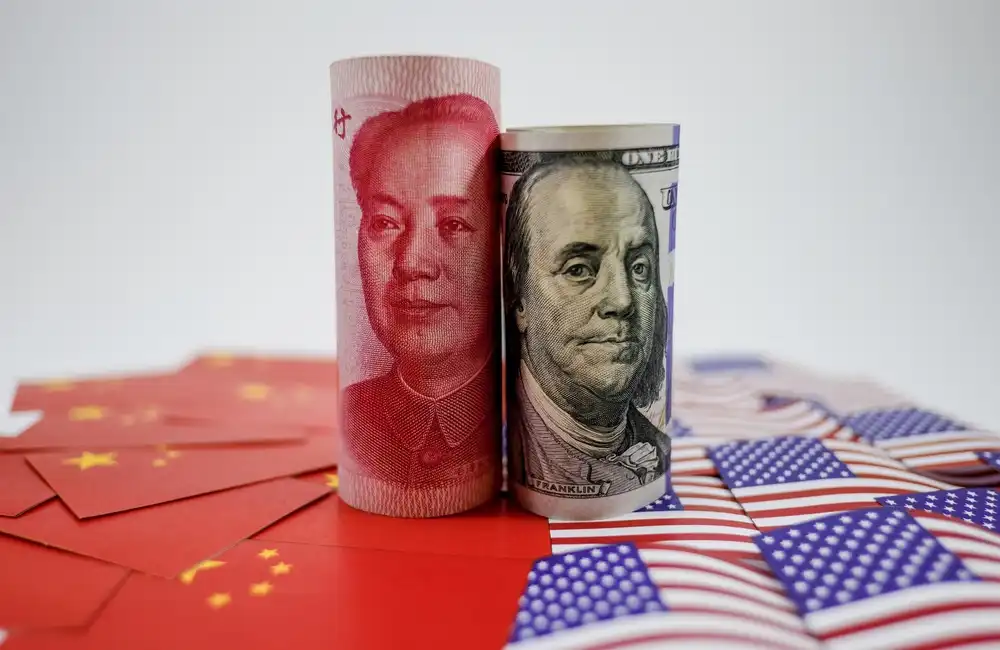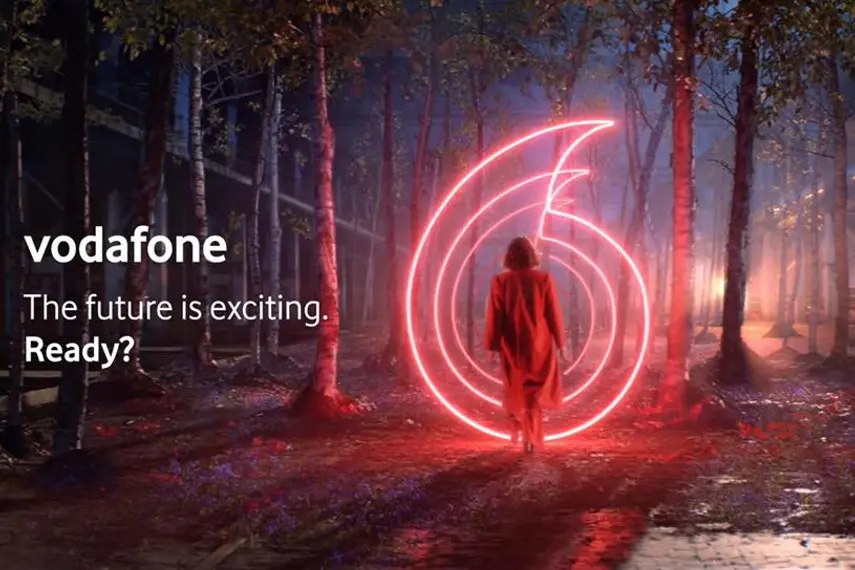UBS analysts said on Aug. 16 they now see iron-based lithium-iron-phosphate (LFP) batteries accounting for 40% of the global battery market in 2030, an increase of 25 percentage points from earlier predictions because of better driving range performance from LFP batteries and greater interest from battery manufacturers to look for alternatives to more widely used high-nickel content battery chemistries.
"We revised our forecast because we see that EVs with LFP battery packs are capable of more than 500 kilometers of range, and previously we thought the use case of LFP was limited to entry-level/mass market vehicles," UBS Global EV Battery Research Coordinator Tim Bush said in a webinar.
Bush said that with longer driving ranges, LFP batteries could more feasibly power a larger share of vehicle models, particularly medium-sized vehicles. But LFP batteries will probably have to be bigger than high-nickel content batteries to reach comparable driving ranges, he added.
"For the next generation NCM (lithium-nickel-cobalt-manganese battery) technology, it will only have a 48 kWh battery system for a 500-kilometer vehicle, while LFP will require a 54 kWh system," Bush said. “This is mainly due to lower-energy density, which leads to larger-battery-system mass.
NCM is a nickel-based battery variety well known in the industry.
Bush stated the average size of battery packs around the world is expected to grow to 80 KWh by the mid-2020s, compared to an average of 57 KWh in China and 78 KWh in the US and Europe today. LFP market share in China should hover at the current level of about 50% through the end of the decade, but its microscopic market share ex-China could reach 20% by 2030, he said.
Bush described the comparison as "nickel price sensitive and lithium price agnostic," adding that nickel prices could be a major driver behind relative price competitiveness between next-generation LFP and NCM batteries.
“If nickel price is below $20/kg, then NCM systems win on cost, but if nickel prices go above $20/kg, then LFP wins on cost,” he said.
“In both chemistries we have a similar sensitivity to the nickel price,” he added. “If OEMs split their approach with both NCM and LFP, they could effectively hedge out the nickel price risk with this strategy, although they cannot hedge out the lithium price risk.
LME nickel cash bid price settled at $21,835/mt ($21.825/kg) Aug. 16.
Bush added that automakers also can extend driving range and reduce the production costs of batteries of either chemistry through more efficient battery packaging design.
One-stop shop to Greece’s energy supply, BritAlex expands
UBS co-head of Australia Mining Lachlan Shaw said the increased expectation for share of LFP instead of other chemistries raises lithium demand forecasts and lowers nickel demand forecasts marginally.
“We still view the nickel market as being in structural deficit later in this decade due to EV penetration rates rising towards UBS’ top-of-street forecast of 55%, just not to such an extent as highlighted before,” said Shaw. Now we are seeing building back into LFP cells out of the industry much cheaper, which means we do expect an uptick in EV penetration in the near term, which is also good for all battery commodity demand growth,” he said.
Heavier vehicles that move to electric platforms will need bigger battery packs, therefore increasing still further demand for all battery metals, said Shaw. But improvements in technology could also enable battery manufacturers to use less metals in batteries, he said.
“Offsetting those factors which are all very positive in a direction as far as the outlook for battery [metal] commodity demand as cell performance improves, we're seeing a reduction in lithium intensity in terms of weight of lithium per kilowatt hour of battery capacity, which gives kind of counterintuitive results,” he said.
Voids in the US IRA bill meeting battery requirements
Hairliner of Fact-Check: The Inflation Reduction Act, signed into law Aug. 16 by President Joe Biden, offers a $7,500 tax credit for EV purchases.
By 2023, manufacturers can show that half of the credit ($3,750) applies if 40% of the value of the metals in the EV battery is sourced from the US or a country with which the US has a free trade agreement. That requirement rises annually to 80% in 2027.
To receive the other 50% of the credit, 50% of the value of EV battery components would have to come from the US or its free trade partners in 2023. That figure rises to 100 percent in 2029.
Automakers might find it easier to meet the battery metal sourcing but find the sourcing of battery components to be tougher, said Paul Gong, the head of China automotive research for UBS.
“For most of the [battery] material, it sounds like the main beneficiary has been Australia and Canada,” Gong said, noting that batteries made in China largely use commodities from US trade partners. “That criterion appears to be easier to meet.”
Separately, battery component manufacturing capacity has been slower to grow outside of China, so automakers may need to settle for qualifying for only half of the tax credit, he added.
“Some people may give up the second $3,750 credit, and they may still be eligible for the first $3,750,” Gong said.
Depending on those costs to produce the battery, automakers might still be able to competitively price their EVs even if they still only qualify for half of the credit, he said.


